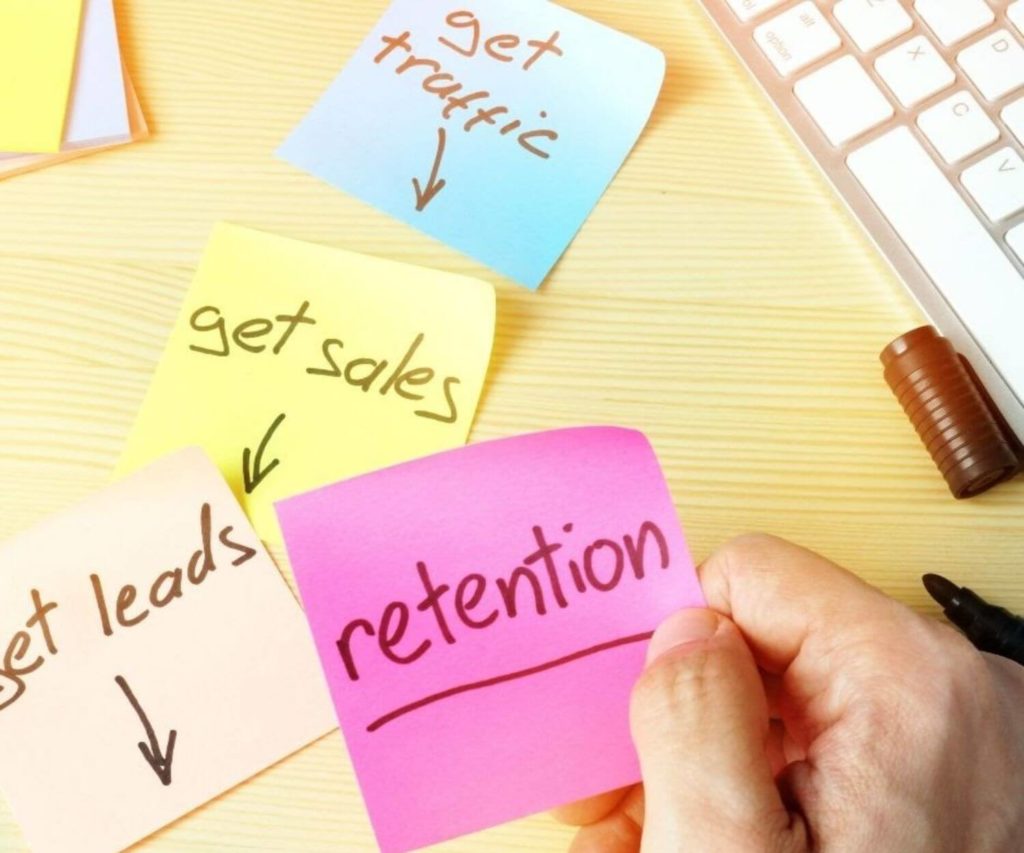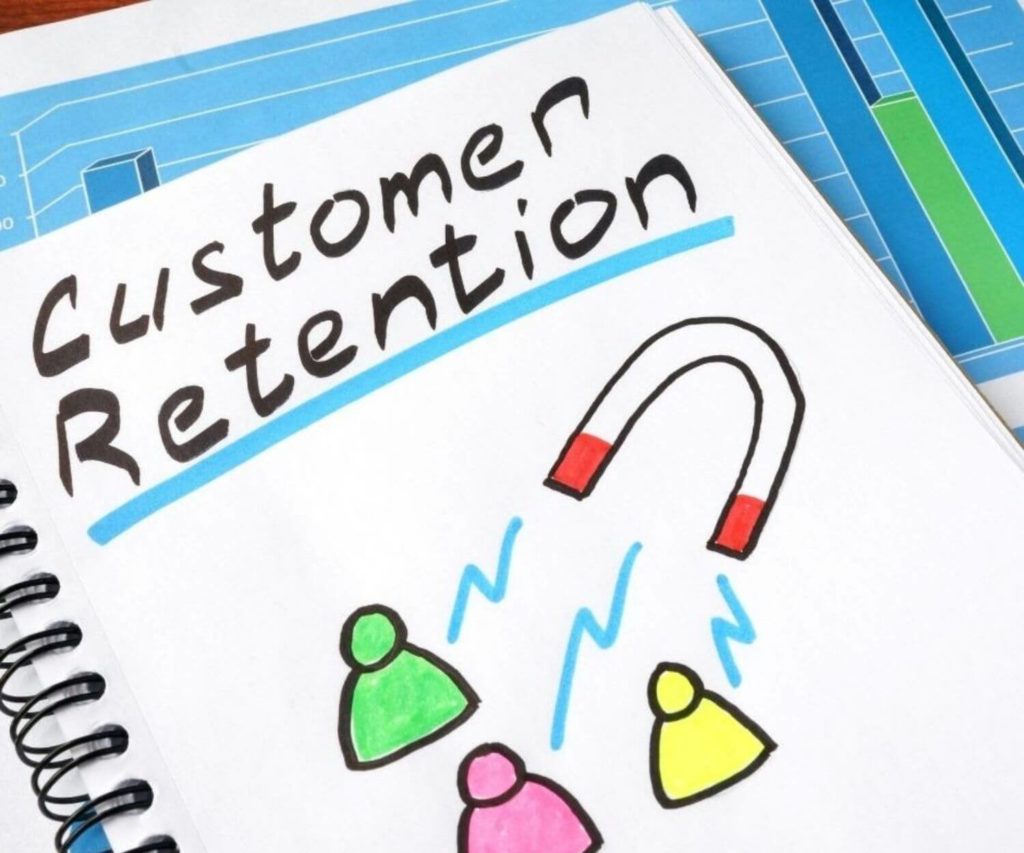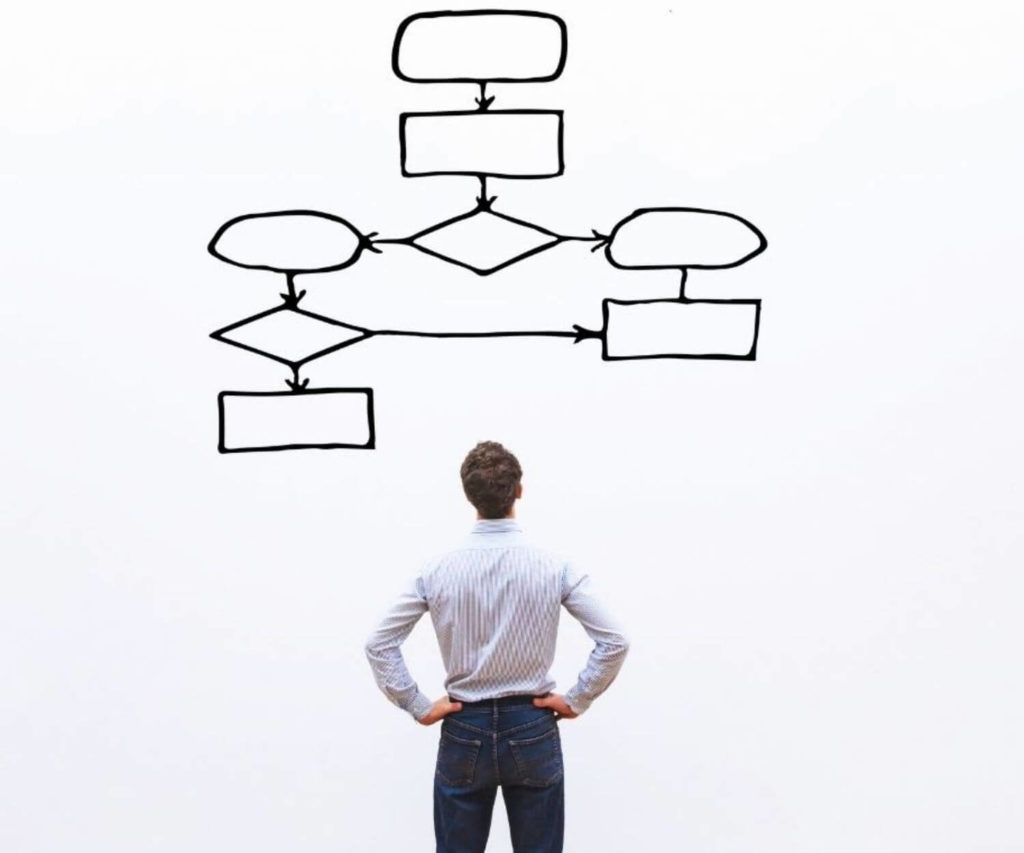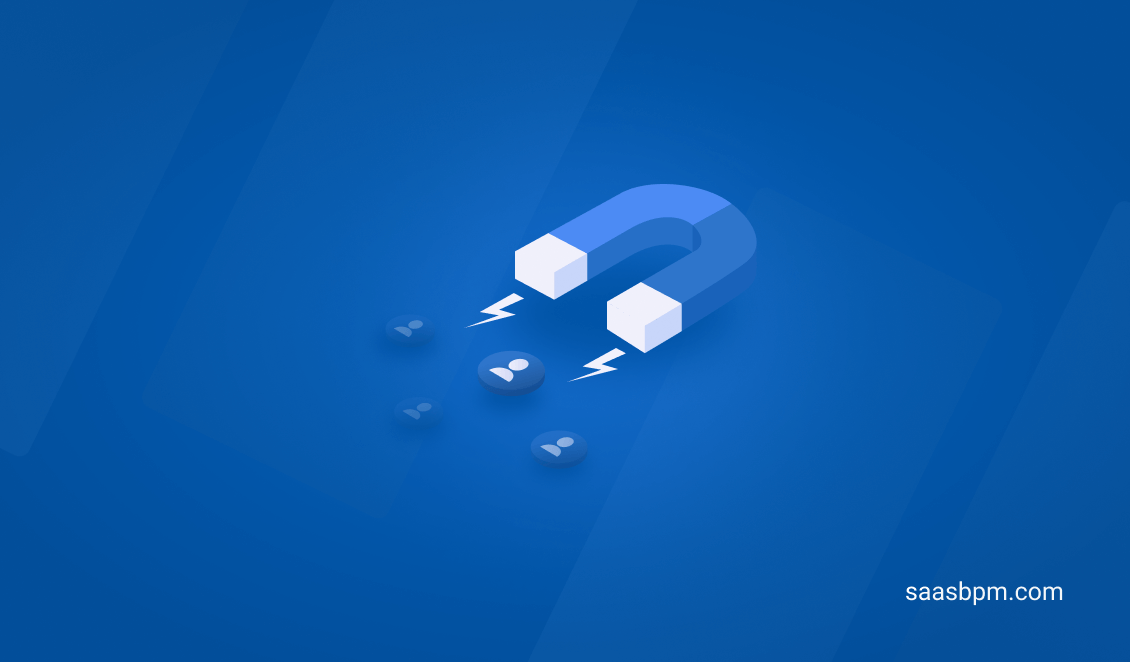Customer retention is the new name of the game. Sure, customer acquisition is always exciting. The marketing department (i.e., the acquisition department) has always been the shining star in most companies. But for SaaS, small businesses, startups, or any business models that rely on subscription, the main problem is how to keep their customers, and here comes the importance of your customer retention strategy. Recent studies show increasing customer retention by 5% could lead to a 25% to 95% increase in profits.

Because these startups often have a small ramp and tight budget, a solid customer retention strategy is vital for success. Especially in these times of uncertainty, it has become even more important to look out for the clients that they’ve already got in the bag. In addition, the pandemic has been continuing to wreak havoc among businesses, changing the landscape on what is expected and achievable.
So everyone has to be creative in putting a plan in motion to keep their customers in the loop for sustained growth.
What is Customer Retention?

Customer retention is your company’s ability to keep its customers and maintain company-consumer relationships. Its rate is measured by comparing your repeated orders for a specific timeframe as a metric.
Customer Acquisition Vs. Customer Retention
Customer acquisition is always more expensive than customer retention. According to a report done by Frederick Reichheld of Bain & Company, it costs five times more to build a relationship with a new customer than to keep an existing one. Satisfying the client base you already have is less costly than having to keep finding new leads that may convert. However, retention is a challenge for every business. The saying that once a customer, always a customer is sadly not always true. Therefore, a customer retention strategy to nurture repeat buyers should be ingrained in every department.
It’s almost a requirement to have a retention department. However, that’s something many new and fast-growing businesses can’t afford as they’re investing more heavily in growth and scale.
Connecting the Dots
Can efficient workflow help with customer retention? As a company, you can create a system to handle this. Because churn involves every aspect of your business, it’s worth aligning your existing processes and workflows around retention.
You’d think that it’s a bit of a stretch to associate workflows with retention. Still, workflows ensure a repeatable process that can efficiently address your customer’s issues. In addition, they provide consistency and save time for your company and employees. Moreover, poor productivity results in lost subscribers.
How does inefficiency contribute to the loss of clients?
- Spending more time on admin tasks instead of focusing on a repeatable and simple solution results in wasted hours for the client.
- Employees lose focus on what is important and leave customers to solve their problems themselves.
- Concerns and problems tend to fall in between the cracks resulting in unattended clients who leave when feeling ignored.
- Loss of traceable data that can help create a better workflow for clients
Here are some related statistics to give you some benchmark in designing your workflows and establishing a successful customer retention strategy:
- According to Forrester Research, Inc., 69% of people surveyed said they prefer to shop at stores with positive and consistent customer service.
- Time is of the essence. The study shows that 66% of people think that a quality customer service experience is to value customer time.
- PWC found that 32% of the people they asked said that consumers who previously loved a company could stop doing business with a brand after just one bad experience.
- More than half (54%) of survey respondents said companies need to provide a better customer experience.
With the above statistics, it is evident that a customer retention strategy should be one of the focal points of your business growth.
When you identify recurring issues, ensure these are eliminated for your customers. Your aim should be to provide your existing customers with a smooth, seamless, and stress-free experience with your business and your product or service offering. Make them feel that they are taken care of, and that their needs are important to you.
So, to summarize, if you give your customers quick, high-quality, consistent customer service – handled by good representatives who value your clients’ satisfaction and concerns – you’re well on your way to achieving higher retention without hiring any new employees or building a retention department with retention specialists.
It’s not as simple as that, though. Implementing this information and data into a coherent plan with an efficient and consistent workflow using your current capability and existing human resources remains a challenge for most companies.
What is a Workflow?

According to Wikipedia, workflow consists of an orchestrated and repeatable pattern of activity. Thus, workflows are the paths that describe how something goes from being undone to done or raw to processed.
Your workflows may very well be the foundation that solidifies your relationship with your existing clients. What happens when clients sign on? Do they know where they’re going? What happens when they have a question or an issue? How quickly are you able to address concerns? These are the questions that can easily define your workflows and help you give better service to your clients.
Steps in Creating a Workflow
- Get Your Teams Aligned – You might be surprised by how unaligned your team may turn out to be. When creating a workflow, there should be no stones left unturned. Map out the entire process so people know what is expected from them and their target outcome.
- Look for Flaws and Opportunities – When streamlining your workflows, you will begin to see patterns and identify where there are delays, such as double tasking. You will also be able to figure out opportunities for speeding up the system.
- Evaluate Constantly – Once a workflow has been established, getting them into the wild can produce different results. Adapting and iterating for efficiency of service can help your customers feel valued and appreciated.
A Culture Of Retention
When working on your workflows, you have to embed a culture of customer retention to reduce churn. As different departments can have different ideas about what customer retention means, you need to gather all this information and have a way of drilling down to include it in your retention strategy. Everyone in your company should be focused not only on getting new customers but also on retaining them and reducing churn.
Marketing and Sales
Marketing plays a central role in retention. Making sure you speak to the ideal user and create on-target copy for the new customers should be the core of your marketing strategy. High-quality leads are the result of precise client targeting that fits the perfect buyer persona. Creating content and helpful resources to keep potential customers with the company for a longer term is another aspect of successful customer retention rate and brand loyalty.
As marketing is at the top of the sales funnel, that’s where you begin to interact with your clients. Hence, you need to plan it with a retention-centric approach in mind. Set ways to get leads that are the exact target market of your product. This way there would be minimal loss of marketing efforts and budget from the very beginning, as inefficient splurges can impact every department of your business. Detect areas where you aren’t constantly speaking directly to the right customers. Having retention as your goal can help you define better personas to target and focus on better workflows.
As one of the front-facing departments in a company, Sales plays a significant role in retention. The sales process determines the nature of your subscriber base. If the sales department targets prospects that are not a good fit for the product, this will affect your bottom line, and your company will see cancellations, huge churn rates, and dwindling profitability.
Essentially, you need to channel all workflows into increasing the lifetime value of a customer rather than the initial numbers of a sale. l and focus on those customers that bring in the most revenue with the least hassle over time.
Customer Support

In any company, customer support representatives will have a better feel for your ideal as they are involved in building relationships with them. They can be involved in implementing retention strategies while collecting feedback from clients. Also, they have the best insight into creating a workflow that can help with customer loyalty and handle retention issues.
How do your customers feel? Do they feel valued and listened to? It can be challenging to retain customers if they feel that their inputs are not listened to. But, on the other hand, if their inputs are seen and heard, they begin to feel ownership and are likely to be there as a customer for a long time.
Conclusion
In the broader scheme of retention, every department in your company plays a role in preventing customer churn. Like a cog in a machine, every part should be aware of each other’s responsibilities and devote all workflow processes to keeping existing customers happy.
Author Bio:
April Bewell is a content marketer at Gravysolutions.io, a failed payment recovery company. She has been writing about growth hacking and technology for the past ten years. In addition to writing for Gravy, she is a freelance writer at Hackernoon.

